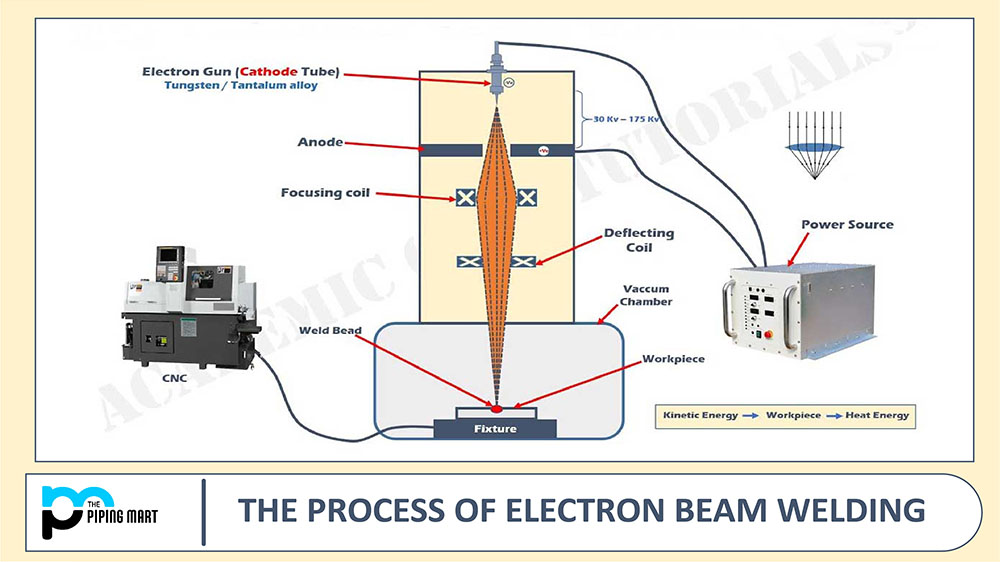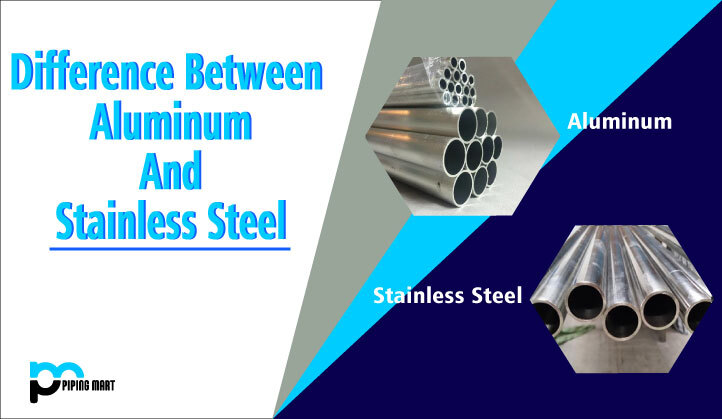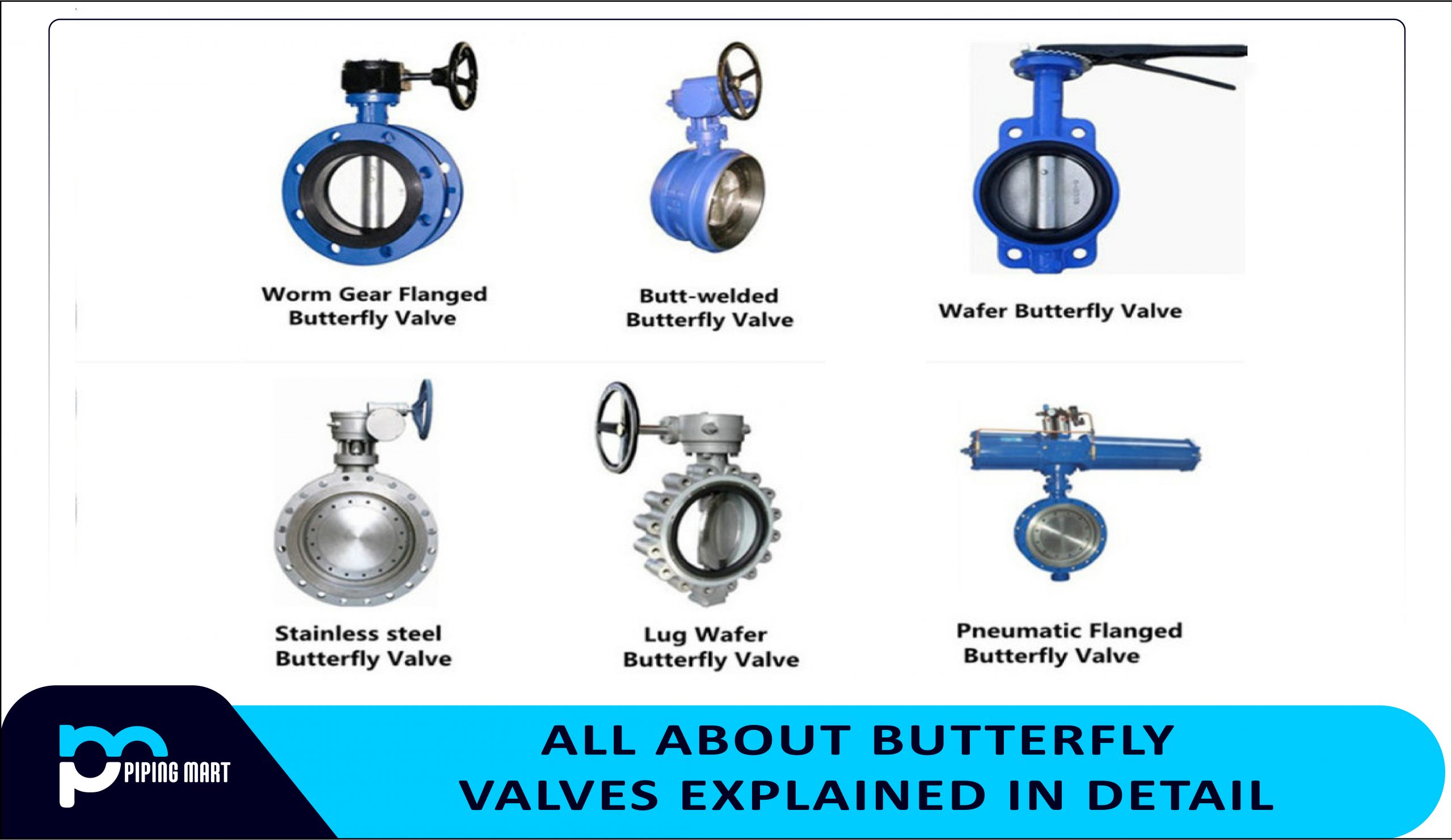Electron Beam Welding
An electron beam is applied to the materials being joined or fused during the welding process, known as electron beam welding (EBW). The workpieces melt due to the high-velocity electrons’ kinetic energy being converted into heat when it strikes them. The electron beam welding is carried out in a vacuum to avoid electron beam distortion.
Working Principle of Electron Beam Welding
When a filament heats a cathode in a vacuum, it creates a stream of high-speed electrons used in electron beam welding. Voltage accelerates these electrons even more, and an electromagnetic coil converges them. The kinetic energy of the electrons is transformed into heat when the electron beam collides with the workpiece. The welding process uses the heat energy that is produced.
The diameter of the beam spot on a typical electron beam welding machine is roughly 0.2 mm. Due to the low heat supplied to the area surrounding the weld, electron beam welding allows for less deformation.
Advantages of Electron Beam Welding
The following are some benefits of electron beam welding:
- Due to the vacuum environment in which electron beam welding is carried out, the weld zone and bead are free from air pollution.
- Minimal power consumption means low operational costs for electron beam welding.
- It generates a focused electron beam that lessens workpiece deformation.
- Electron beam welding is the only method for joining high-temperature metals like columbium.
- High deposition rates are found in electron beam welding. As a result, its single pass may create excellent-quality welds.
- Deep penetration is achieved with relatively little distortion during electron beam welding.
Applications of Electron Beam Welding
The following list includes some of the applications for electron beam welding:
- Because the electron beam power may be adjusted to alter penetration, a wide range of base materials, from thick to thin sheets, can be joined using an electron beam.
- The electron beam welding technique can also be used to weld metals with high melting points, such as tungsten.
- Active metals that could oxidize during the welding process, such as titanium, can be welded with an electron beam.
- Numerous industrial applications, including the welding of electronic components, bridges, aircraft parts, ship hulls, etc., make extensive use of electron beam welding.

Pipingmart is B2B portal specializes in industrial, metal and piping products. Also, share latest information and news related to products, materials and different types grades to help business dealing in this industry.




